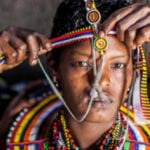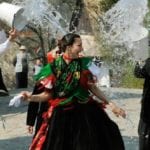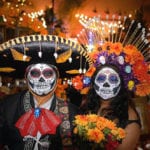 Mysteries
Mysteries  Mysteries
Mysteries  History
History 10 Surprising Stories About the Texas Rangers
 Humans
Humans 10 Philosophers Who Were Driven Mad by Their Own Theories
 Miscellaneous
Miscellaneous 10 Video-Game-Worthy Weapons and Armors from History
 Weird Stuff
Weird Stuff 10 Psychics Who Accurately Predicted Wartime Events
 The Arts
The Arts 10 Pieces of Art Inspired by a Broken Heart
 Health
Health 10 Science Fiction-Sounding New Medical Treatments
 History
History 10 Surprising Facts About the Father of Submarine Warfare
 Space
Space Ten Astonishing New Insights into Alien Worlds
 Weird Stuff
Weird Stuff 10 Bizarre Summer Solstice Rituals Still Practiced Today
 Mysteries
Mysteries Top 10 Haunting Facts About the Ghost Ship MV Alta
 History
History 10 Surprising Stories About the Texas Rangers
 Humans
Humans 10 Philosophers Who Were Driven Mad by Their Own Theories
Who's Behind Listverse?

Jamie Frater
Head Editor
Jamie founded Listverse due to an insatiable desire to share fascinating, obscure, and bizarre facts. He has been a guest speaker on numerous national radio and television stations and is a five time published author.
More About Us Miscellaneous
Miscellaneous 10 Video-Game-Worthy Weapons and Armors from History
 Weird Stuff
Weird Stuff 10 Psychics Who Accurately Predicted Wartime Events
 The Arts
The Arts 10 Pieces of Art Inspired by a Broken Heart
 Health
Health 10 Science Fiction-Sounding New Medical Treatments
 History
History 10 Surprising Facts About the Father of Submarine Warfare
 Space
Space Ten Astonishing New Insights into Alien Worlds
 Weird Stuff
Weird Stuff 10 Bizarre Summer Solstice Rituals Still Practiced Today
10 Fascinating Magical Traditions From Around The World
Magic has appeared in one form or another in nearly every culture in the world, and many of these forms are still thriving today. In modern times, the practice of magic is more likely to be scoffed at than persecuted, but there are still many parts of the world where it may not be wise to speak glibly of witchcraft.
10 Benedicaria
Italy
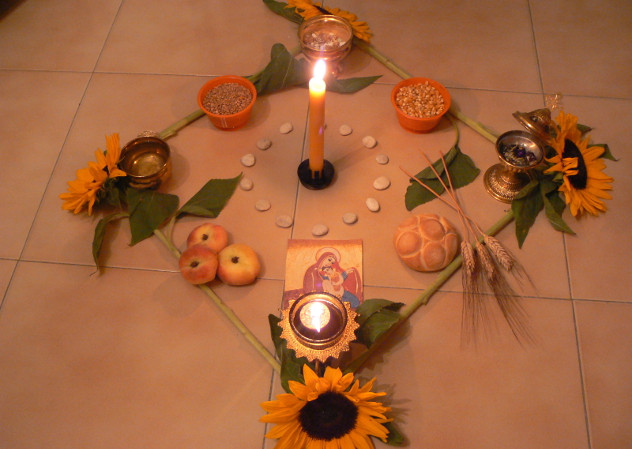
Benedicaria is the name for the light side of Sicilian folk magic, a religio-magic tradition that uses Catholicism as a backbone, but also includes many magical ideas and rituals. Benedicaria translates to “Way of Blessings” and encompasses traditions that have been practiced in Italy for many, many years. The use of novenas and prayer to Catholic saints feature heavily in the rituals. They are often used for protection from the evil eye, but also for a good many other things. Those who perform folk magic of this sort for evil are known as Stregas (witches).
The importance of saints to these traditions cannot be understated. When the statue of a new saint is brought into a home, it is considered a momentous occasion and one that must not pass without proper ceremony. The statue is blessed with holy oil, and then a specific prayer is said based on which saint is depicted. After this, the entire family “welcomes” the saint by lighting candles in its honor—this is meant to imbue the statue with the essence of that particular Catholic saint, making it a powerful magical object for prayer and ritual. There are also detailed guides for Benedicaria practitioners on how to use cards with pictures of the saints to perform acts of divination, which seems to be an alternate form of tarot-card reading.
9 Feri Tradition
USA
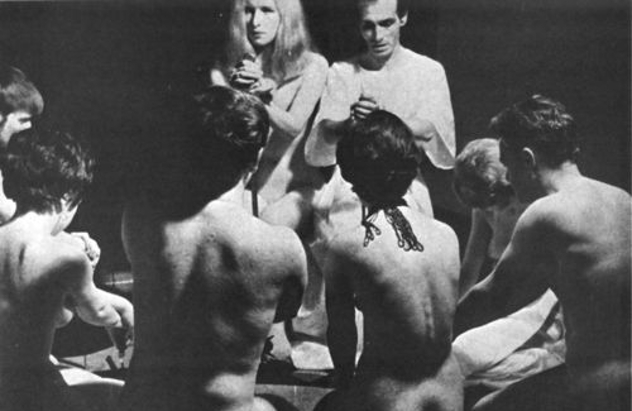
Feri is a tradition based partially on neo-pagan forms of witchcraft. It was created by Victor Anderson and his wife Cora in the mid-1900s. This odd offshoot tradition may borrow from similar belief systems, but it has plenty of unique ideas. To begin with, Victor did not believe that he had created a new magical belief system, only that he had reinvigorated a very old belief, based on an ancient people that had been roaming the Earth before humans. Victor believed that although they were known as many different things around the world, they all originated in Africa and were the fairies that we still sometimes read about in folklore today. He claimed to be related to them.
Those who ascribe to the Feri tradition believe that humans contain three different souls, or selves, all of which have different functions. One takes care of our higher brain functioning, the other our subconscious brain functioning, and the third deals with that on the immaterial realm. The tradition has a strong sexual focus, and psychic abilities and shape-shifting also feature. Feri’s equivalent of nirvana, the perfected state of being, is known as “The Black Heart of Innocence,” but it is a primal state rather than a refined one. One quote states: “How beautiful is the black lascivious purity in the hearts of children and wild animals.”
8Quimbanda
Brazil
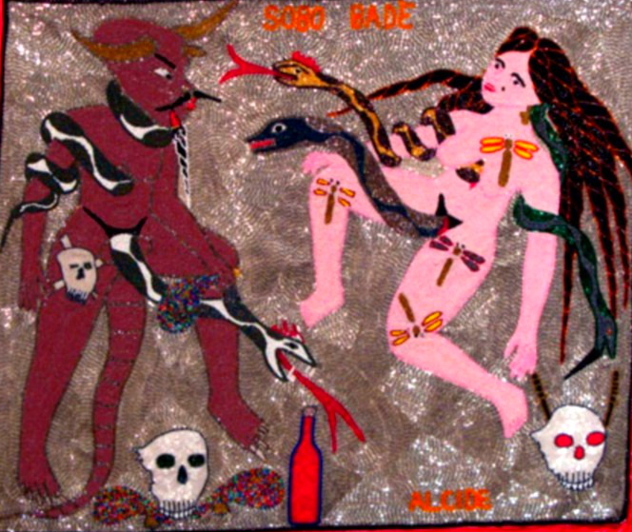
Quimbanda is an Afro-Brazilian practice that was once closely associated with black magic. In recent years it has seen a bit of an upsurge in popularity, but many people still associate it with cult practices. The two primary forces in Quimbanda are the legion gods or spirits of the Exu and Pomba gira. They are the spirits of the people of the street—hustlers, prostitutes, and vagrants—and they are symbolized by darkness and fire.
Although believed by some to be evil, practitioners claim that they simply lack a discriminatory conscience, as opposed to being truly malicious. They have more in common with trickster gods than with devils. Exus and Pomba giras guide those who follow the Quimbanda traditions and will aid them in attaining their goals. The catch, of course, is that for any of this to work you must truly connect with the gods—be possessed by them. This element of Quimbanda, along with its embrace of the lower classes, means they will likely have trouble shedding their association with the dark arts.
7 Nagualism
Mesoamerica
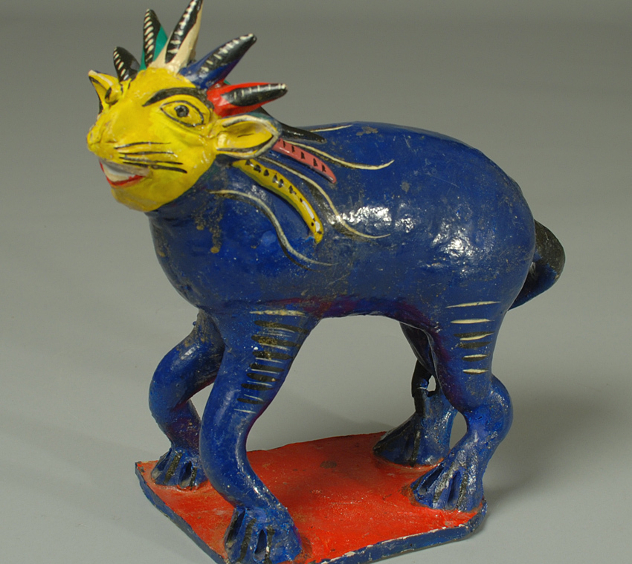
Nagualism, or the belief in nagual, is a concept or set of ideas popular among Native Americans and most often seen as a part of shamanism. In this belief, the nagual is a spirit that is essentially a part of us, a sort of alter ego. These guardian spirits are based on a specific animal that has significance for the person. A person with one of these spirits can transform into their chosen animal entity for protection or escape and is often described as not being separate from the animal at all.
The two of them are supposed to share the same pain, weakness, and injuries, but also the same strengths. Some traditions hold that transforming into their spirit animal also allows the shaman to travel to places he could not otherwise go, such as the underworld.
Those who believe in these traditions have been known to hunt animals of their foes’ nagual, either in the hopes of actually hurting their enemy, or simply to weaken their power. Many Native Americans would assign a nagual to their child based on the animal first seen after the baby’s birth, figuring that it was the guardian spirit making themselves known.
6 Pow-wowing
USA
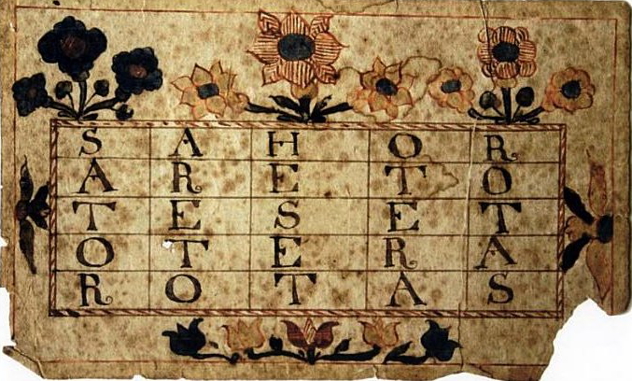
Pow-wowing is a tradition that started with the Pennsylvania Dutch a few hundred years ago and still has practitioners to this day. While the tradition was mainly used for healing people, it could also be used for protection or other basic magical purposes. Many of its critics feel that the use of spells makes it too close to black magic, but its practitioners claim that it is okay because it all comes from the Bible.
In fact, many of the healing spells are basically just verses lifted from the Bible, but that isn’t the only source of a pow-wowers’ magic. Among their grimoires they also consult a book called The Long Lost Friend, a book of recipes, spells, and incantations that were compiled by an early German immigrant. Not only was this book full of magical instructions for the pow-wower, it was also supposed to be a magically protective device in and of itself. (The Sator Square above is taken from it.)
One practitioner claims his powers could only pass from his mother to one of her sons and that he was the lucky recipient. He alleges to have helped heal many, many people and will quickly go to aid others and offer his services for free at the drop of a hat. However, despite his charitable habits, he isn’t entirely kind about his practice. No matter how someone asks, if they have previously mocked his beliefs, he will absolutely refuse to help them at all.
5 Biodynamic Agriculture
Germany

Biodynamic agriculture is a tradition that started in the early 1900s and now has growing adherents all over the world. At first it sounds like a fairly normal set of alternative farming practices. Those into biodynamic agriculture believe in using only absolutely natural soil and fertilizers, and no pesticides. It’s organic farming taken to an extreme level. Of course, there is nothing wrong with wishing to keep the environment in good shape and have a farm that can sustain itself—but those who practice biodynamic agriculture take it several steps farther than just being strictly organic.
The idea was first proposed by a man named Rudolf Steiner, the founder of a well-regarded system of schooling (Waldorf or Steiner education). However, while he might have known something about education, he knew very little about actual farming. Fortunately, knowing about farming wasn’t essential to his system. He felt that the entire farm had its own organic life force and should thus be able to completely take care of itself. Steiner’s influence turned the entire thing into a spiritual quest for farming purity and included some rather strange ideas. Farmers will ritually kill a cow every year and stuff its guts full of flowers as a treatment to improve the compost for the entire farm. They also bury cow horns full of dung and later retrieve the contents for further magical benefits to the soil. Biodynamic agriculture also takes a leaf out of astrology’s book and uses the position of the stars as a guide.
4 Onmyodo
Japan
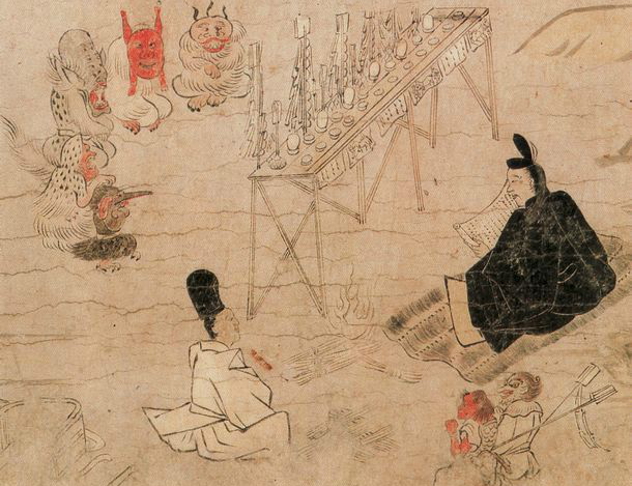
Onymodo originated in Japan during the first millennium and incorporated the belief systems of several different religions, including Buddhism, Taoism, and Shinto, but was much more a magical tradition in practice. Despite some historical animosity between the Japanese and the Chinese, Onmyodo was actually greatly influenced by Chinese magical systems. Onymodo practitioners believed in the forces of yin and yang, the five classic Chinese elements, and a tome known as the I Ching or The Book of Changes—essentially a numerology textbook.
The main focus of Onymodo was divination. Complex calculations involving numbers and calendars, as well as the interpretation of symbols on the ground, were considered very important and used in the royal courts to influence decisions. The practitioners were capable of more than just divination though. They were also supposedly able to commune with the dead and could perform exorcisms when necessary. A great practitioner named Seimei claimed that he could command spirits known as Shikigami to do his bidding, and even make objects into spirits if he wished to, for whatever purpose he needed. The legends also say that he had a really good track record for guessing what gender a baby was going to be before it was born. While it is hard to be certain if he actually wielded these powers, he has become a legend in Japan and is honored with his own shrine.
3 Ku
China

Wu is the catchall name for Chinese white magic, but Ku isn’t necessarily its polar opposite. “Ku” is the word used for a specific set of black magic principles found in Chinese culture, and some of them are quite disturbing. Ku is often used for evil, but that is not the primary reason one would stoop to such lengths. The main reason most people begin using Ku is because they are trying to obtain more wealth, but it can also be used solely to inflict punishment on another individual. Those who practice this have a very specific and evil method of getting what they want.
In what sounds like a ritual straight out of the depths of hell itself, the sorcerer first acquires a grab bag of various venomous creatures. They then throw them all together in the same container and let them fight it out, demolition-derby style, until only one challenger is remaining. Whether for natural or magical reasons, they figure that the only critter to remain alive would clearly have the most effective toxin, so they use that critter’s venom to poison their victim. This evil ritual would attract a being from across the veil to help the sorcerer rid himself of his enemy and get super rich in the bargain—usually by stealing from the person he had killed.
2Reiki
Japan

Some who practice reiki might object to referring to the traditions as magical, but as far as mainstream science is concerned, there is nothing in the systems practiced that does anything to benefit health. It is likely no evidence of medical use has been found because reiki is based on the Japanese believe in a life energy that flows through our bodies, called ki. It was founded in the early 1900s by a Buddhist monk—the idea has since taken off and turned into a full-on alternative healing discipline popular in the West as well as the East.
Reiki involves putting your palms near the person you are trying to heal, and then transferring your ki to them in a specific, directed way. There are three levels and apart from training, those who wish to become more advanced in reiki have to receive attunements from their teacher. Once students reach the higher levels they gain powers that put the tradition on a somewhat more magical footing—they are supposed to be capable of something called “distance healing.” Someone skilled in distance healing with reiki could theoretically adjust someone’s ki from a very great distance. However, those who practice the traditions make it clear you should never try to mess with someone’s ki without their permission, especially when distance healing.
1 Seidhr And Galdr
Norse

Among Old Norse traditions there were actually two main branches of magic, one called Seidhr and the other Galdr. The second branch of magic was basically a form of rune or sigil magic. The goal of rune magic was usually to improve your luck. This was accomplished by carving a rune based on what you specifically needed. The piece of rock was then supposed to magically draw it to you.
Seidhr, on the other hand, is concerned more with divination, and those who practice it are known as seers. However, it is far from simply reading stars or omens—it is much more shamanistic in nature. In order to explore the nine worlds and seek out answers to spiritual questions, practitioners first enter a trance-like state. This state was often achieved through the use of drugs, fasting, and even torture. After the practitioner was in a sufficiently altered state, their work could begin.
Among their abilities they were said to be able to transmogrify their bodies into animals, project their consciousness beyond their own bodies, and even fight with a spirit animal while their body lay elsewhere. Magical traditions like this and others are often more focused on understanding the world than actively changing it—an understandable impulse, since so much of our world still remains a mystery.
You can follow Gregory on twitter and it won’t cost you a thing (aside from your soul).

